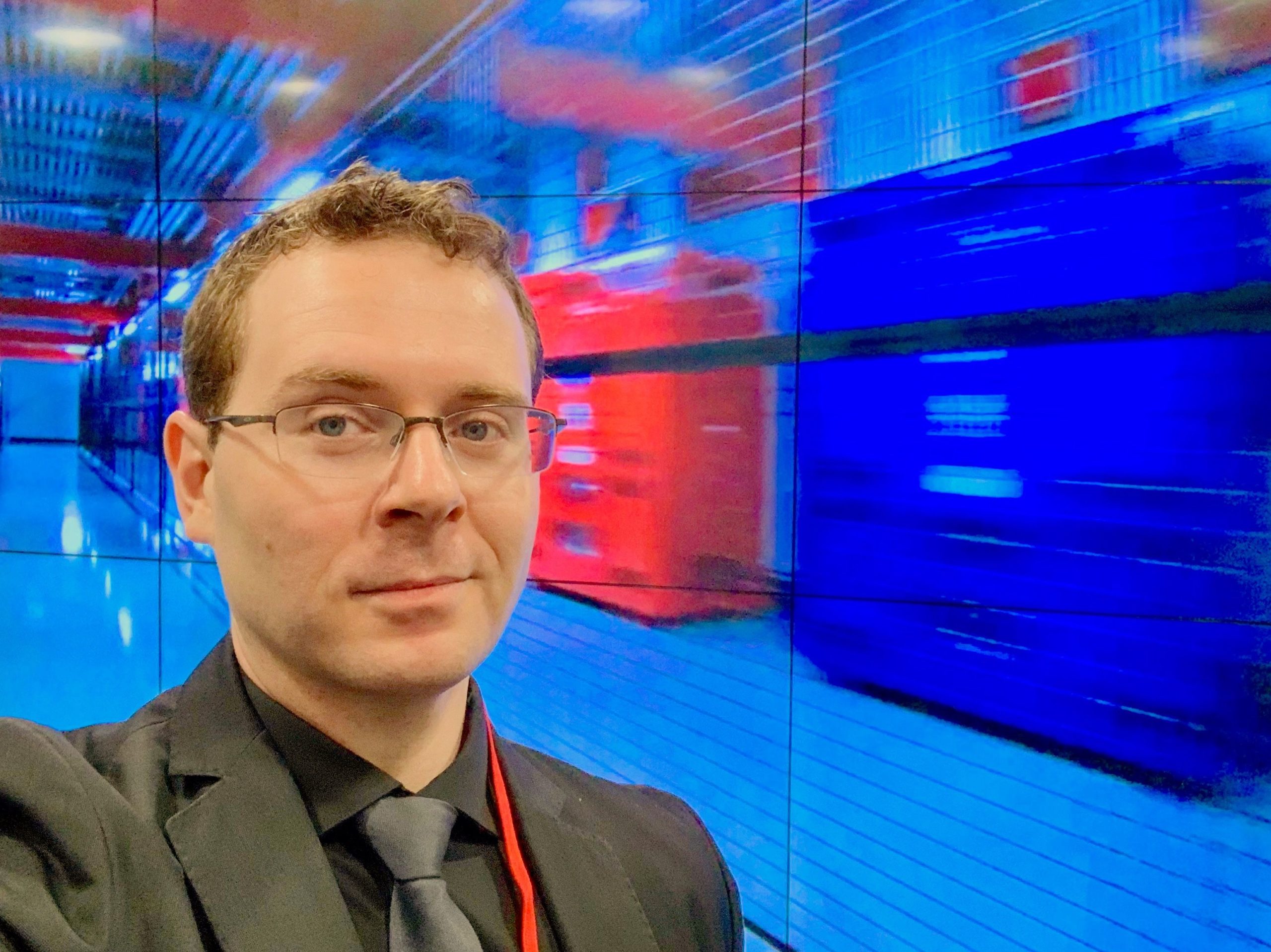How Industry Changes Are Increasing the Importance for Airflow Management in Colocations16 min read

I want to start with a really obvious statement: not all data centers are built the same. So why do I still see people deploying workloads that either their own data center or a partner’s simply can’t support? Some of it revolves around use-case definition, and some of it really revolves around the capabilities of your partners. However, the diversity of workloads and new solutions impacting our digital economy is forcing data center professionals to rethink the way the deploy critical systems.
For example, HPC and dense AI-processing racks are going to require different levels of density, convergence, and configuration. To that extent, they’ll also require a different approach to airflow.
The science behind airflow has really evolved over the past few years. It’s important that we call it a science because as requirements change, so will the design around various environmental variables. Here’s the other factor, we’re using smarter systems to control our data centers as well. In the latest AFCOM State of the Data Center report, we asked what data center leaders were doing when it came to leveraging new and innovative solutions.
Remember, these solutions are aimed at improving data center efficiency while still delivering new capabilities to the customer. We found four solutions are leading the charge with Data Analytics and Big Data as the top two. In fact, 70% of respondents indicated that they’re either already leveraging data analytics or will be doing so over the course of the next 12 months. Nearly 60% said they’re already using big data solutions now, or will be over the next year. The other two major initiatives revolved around Machine Learning (46%) and AI (42%).
But how does this all translate to AFM? How can customers and data center leaders adapt to new and evolving digital requirements? Here are some tips when designing airflow management with your colocation partners.
- Look for innovation, intelligence, and new designs. Imagine inserting a dynamic cooling optimization module into your data center. This module takes control of your cooling infrastructure to dynamically match the output to the prevailing heat load. Furthermore, it helps reduce your operating expenditures by minimizing wasted cooling capacity. This type of system helps create automation within the data center by automatically turning off cooling units when they are not needed, based on the measured conditions inside the white space. And, the system automatically turns cooling units back on when required – and their temperature, as well as humidity will also be automatically regulated.
Let me give you another example: automation-driven AFM. New designs will actually adjust airflow into given racks completely autonomously. This means that they’ll recognize a trigger point, adjust the airflow, update the DCIM platform, and keep operating. This is the level of intelligence we’ll be seeing from leading data center colocations who approach AFM from a completely different perspective.
- Look for better controls and architecture. Traditional AFM solutions are designed for traditional servers and workloads. However, a modern colocation is anything but ‘traditional.’ And given the major trends in the industry, a lot of the workloads they support can be pretty unique as well. This is why you need to look for controls and architectural AFM designs that granularly control data center intake airflow based on rack design and use-case. Furthermore, depending on your design, having controls which can support both raised and non-raised floors architectures is important.
Finally, you absolutely need to work with a partner that can provide a suite of AFM products and services to address the transformational, power consumption needs within the colocation data center. These services need to be specially designed for optimum airflow management and need to be seen as the foundational science around a design made to generate energy savings, release stranded capacity, and improve system reliability.
- Don’t be afraid to challenge your colocation partners. One of my biggest pieces of advice is to really challenge your partners and colocation vendors. This means touring the facilities, validating your design, and ensuring that you can scale. The last thing you want happening is you running out of space. And, not just physical space, but airflow, power, and even rack density. Some of the most successful colocation deployments constantly revolve around good architecture conversations as well as workload validation. As an important point, it’s critical to involve business teams in the design process. They need to feel comfortable that their business engine is running optimally with their data center partner and AFM solutions.
Moving forward, our data centers are critical parts of the digital engine. With hybrid and multi-cloud becoming the new normal, data centers and even hyperscale data center leaders are finding a market that’s ripe for their environments. However, true leaders are the ones that understand the fluid nature of working with data center environmental variables. And, they’ll see how new and innovative designs can impact airflow and efficiency.
So why is airflow so important to colocations? The ones that get it right with the right combination of technology, innovation, and business use-case are the ones that’ll get the really fun next-generation workloads in their data center. The really cool leaders out there are the ones that take both AFM and data center management to the next level.

Bill Kleyman
Industry Analyst | Board Advisory Member | Writer/Blogger/Speaker | Contributing Editor | Executive | Millennial
Bill Kleyman is an award-winning data center, cloud, and digital infrastructure leader. He was ranked globally by an Onalytica Study as one of the leading executives in cloud computing and data security. He has spent more than 15 years specializing in the cybersecurity, virtualization, cloud, and data center industry. As an award-winning technologist, his most recent efforts with the Infrastructure Masons were recognized when he received the 2020 IM100 Award and the 2021 iMasons Education Champion Award for his work with numerous HBCUs and for helping diversify the digital infrastructure talent pool.
As an industry analyst, speaker, and author, Bill helps the digital infrastructure teams develop new ways to impact data center design, cloud architecture, security models (both physical and software), and how to work with new and emerging technologies.







0 Comments